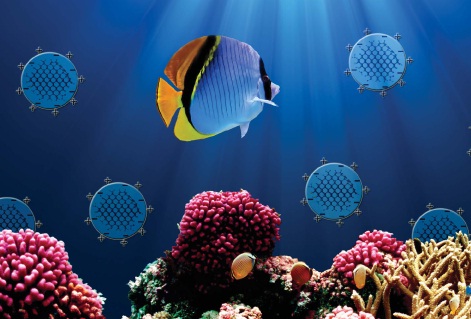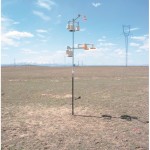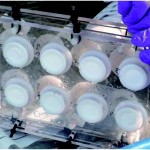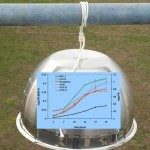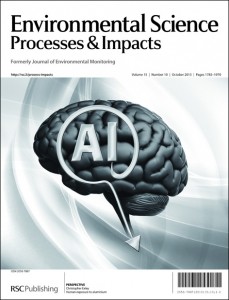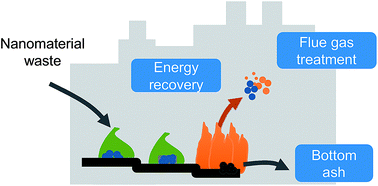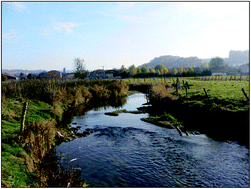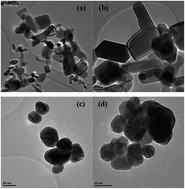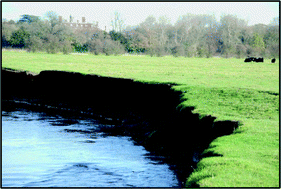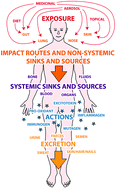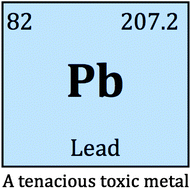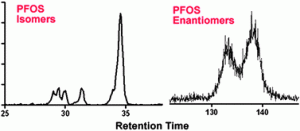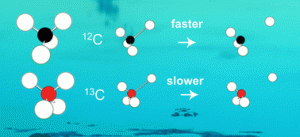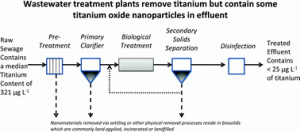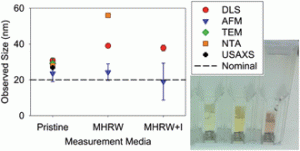We are delighted to welcome new Associate Editor Ed Kolodziej to the Environmental Science: Processes & Impacts Editorial Board in the fifth of our Introducing series of blog posts.
Ed received a Ph.D. in Environmental Engineering at the University of California, Berkeley in 2004. He is currently an Associate Professor at the University of Washington, with joint appointments in the School of Interdisciplinary Arts and Sciences (UW Tacoma), and the Department of Civil & Environmental Engineering (UW Seattle). He is also affiliated with the Center for Urban Waters, also located in Tacoma, Washington.
Ed’s Research
Ed’s research investigates the transport, fate, reactions and ecological implications of human-derived pollutants in natural and engineered aquatic systems. He also investigates how engineered treatment systems work and optimizes their performance for contaminant removal, with a special interest in non-point source pollution and engineered natural systems.
MY RESEARCH VISION:
It is evident that human activities have significant impacts on water quality, but I think we don’t actually know the answers to “how, what, when” type questions yet to understand what these impacts really are. These are key questions to answer: Which chemicals matter? Which don’t? What should we do about them? We are discharging tens and even hundreds of thousands of chemicals into water, air, and soil, yet we have an surprisingly incomplete understanding of whether this is a bad idea or not, whether any adverse impacts occur on our ecosystems or us from these pervasive exposures. We still struggle to prioritize our efforts on understanding chemical fate and impacts, and for those with adverse impacts, what the best mitigation and treatment strategies are. So, I’d say my research vision is to try and figure out which of these chemical impacts on water quality are important and which are not. Once we understand that question, we can move on to technical and policy solutions for problematic compounds.
Having grown up in the outdoors, especially fishing with my family, I am pretty sure that I really like water and spending time around it! So I am inspired and motivated by the thought that I can be part of this larger effort in making sure humans and ecosystems have enough of the high quality water we all need. It’s so clear that we are not on a sustainable path, and we need to figure out some good solutions to the worst problems, including preventing future problems, in a world of limited resources.
Ed is now accepting submissions – submit your manuscript to him today!
Make sure you don’t miss out on the latest journal news by registering your details to receive the regular Environmental Science: Processes & Impacts e-alert.
Follow us on Twitter @ESPI_RSC.













